“It was cancer pain that tortured me”--She embraced life again with this therapy
Pain management is a basic right for every patient especially tumor patient. Many years ago, young teacher Yu Juan who was diagnosed with advanced breast cancer said in her biography, “A minor vibration caused by a mop meeting the foot of the bed could magnify the cancer pain that makes me almost faint. I couldn’t even cry because in a moment of distraction I would be knocked unconscious by pain.”
1.Intractable cancer pain made her suffer
In the April of 2020, Cynthia (pseudonym) sought medical attention with severe pain in her right-side sacroiliac joint. The pain came down to the right-side breast cancer bone metastasis after a series of tests. Then a puncture biopsy was performed to clarify the nature of the cancer: infiltrating ductal carcinoma of right breast. Cynthia went back home when she finished the treatment. But she came to that hospital again for the continuous and deteriorating pain and left with nothing changed. She could still feel that pain and couldn’t sleep.
She was advised to seek help from Palliative Care Unit in Guangzhou RoyalLee Cancer Center.

Doctor Chia could remember how Cynthia was like on the day of the admission. It was appropriate to describe her as skinny at the first sight. She remembered that Cynthia couldn’t sleep and eat with her chest full of pain killer plaster.
Owing to this strong and lengthy pain, Cynthia kept curling up. She got 9 out of 10 in pain rating scale and pathological fracture on her ilium. Cancer pain and pathological fracture led to paralysis, which made her suffer a lot to change position.
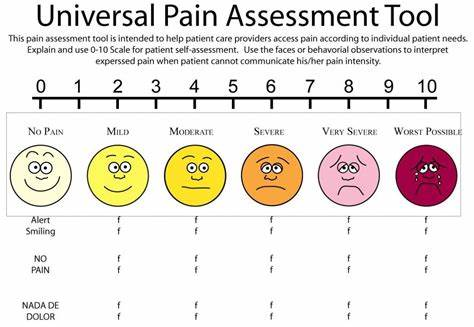
Chia mentioned that the situation was worse as Cynthia sought medical attention in several 3a-grade hospitals. Her pain was repeat or even augmented once she was discharged because the pain killer dosage inside the hospital was much more concentrated than that outside.
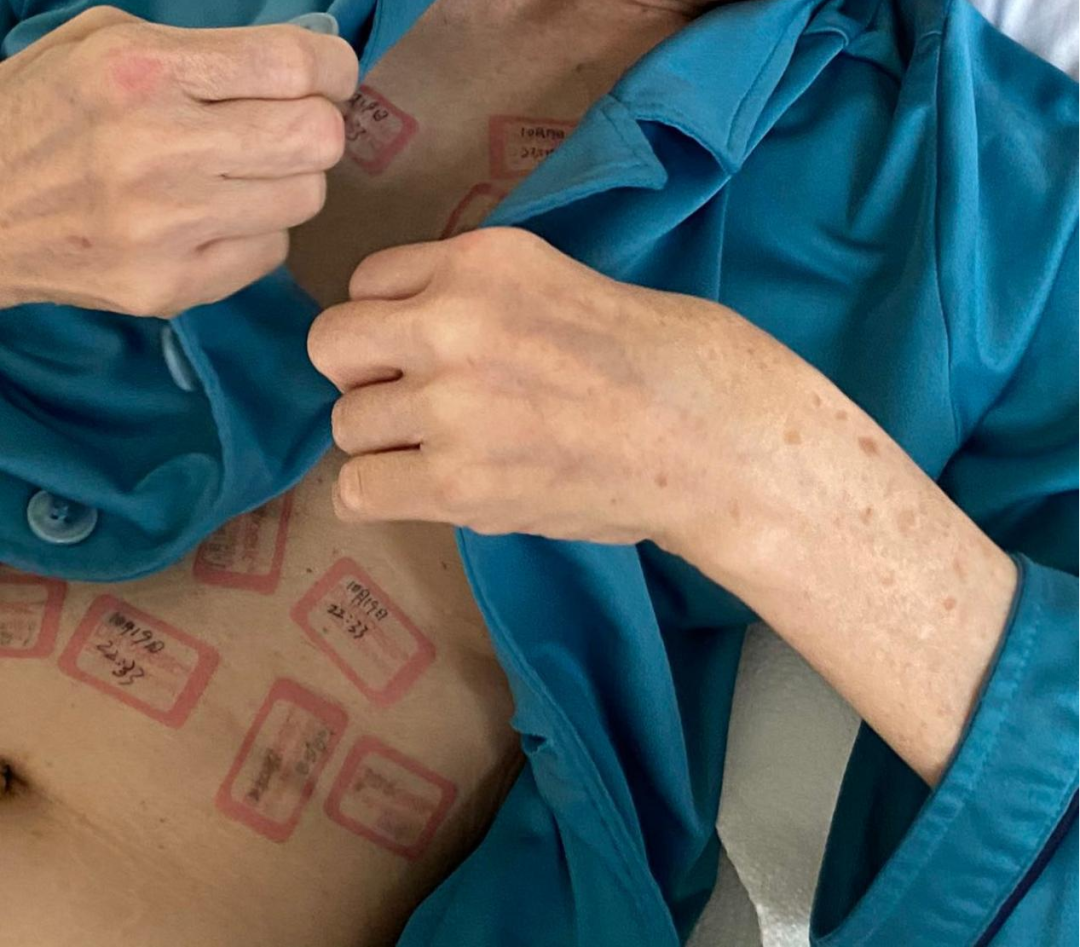
Cynthia’s chest was full of pain killer plaster on the day of admission
Chia said that long-term and continuous pain would trigger central sensitization (a condition of the nervous system that is associated with the development and maintenance of chronic pain). So it was hard to control pain even with increased dosage. And that was also one of the crucial factors that failed all the previous treatment.
Multidisciplinary consultation was the key to formulate personalized treatment plan. The team decided to place a PICC into Cynthia’s vein to inject morphine through vein pump and give nutritional support as well as oral chemotherapy.
But these were far enough...
2.Something more important than drugs
When getting along with Cynthia, Chia found that she was always upset. Then it occurred to Chia that fear, sorrow, emptiness, confusion and panic were more overwhelming than the disease. Chia decided to help her get over the fear for cancer pain. Every day Chia sat by her side and communicated tips to fight breast cancer and fear. Day by day, Cynthia looked cheerful.
Cynthia’s pain was relieved with all these therapies. She got nice sleep and became more positive towards treatment.
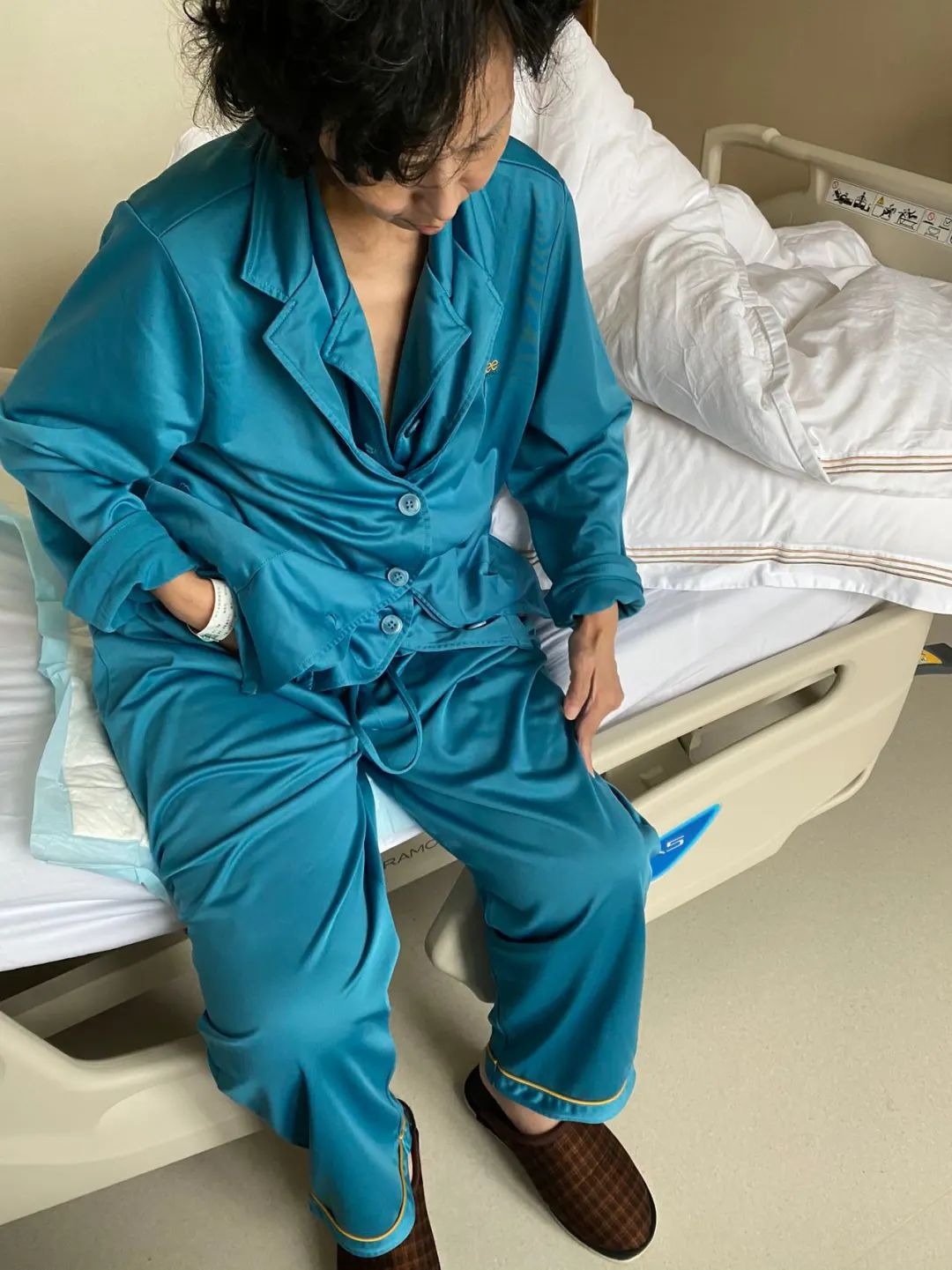
Cynthia’s condition improved a lot following a period of treatment
Cynthia’s family was also happy to see these changes. Though they didn’t go through what was going on in Cynthia’s situation, they still felt confused and helpless.
But now, tender care from medical team enabled Cynthia to get up, move a little bit and manage herself. This was a real comfort to her husband and child. “Previously we have to visit hospital now and then. And things don’t get better when she is discharged. It’s tiring. But now everything turns out good. She is happier and we are also happy” they said.

The day before discharge
Cynthia wore a relieved smile
“We often hear their laughter now, and you can’t imagine how quiet it was when they just came in”, nurses said.
On the discharge day, Cynthia only got 0-2 out of 10 in pain rating scale. Severe malnutrition and sleep disorder were much improved. She could return to hospital once a month now. And one thing encouraging on her return visit was that her weight had risen from 40kg to 60 kg, which meant she was well-nourished.
3. Pain management is a basic right for every cancer pain patient.
Most patients and their families have to combat cancer pain and they often feel helpless. Chia reminds that the pain always compromises the quality of life or daunts patients during the treatment. So it should be controlled as soon as possible.
Researchers in the country proved that incessant neuropathic pain and bone cancer pain would amplify tumors’ size and weight considerably in animal trial. And pain management drugs could reverse the situation.
Moreover, psychological care also matters in controlling cancer pain. Chia says most patients will experience fear, negativity, anxiety and disappointment in varied degrees. Proper psychological care will alter patients’ mentality and relieve their pain, so they get more positive to life and endure pain.
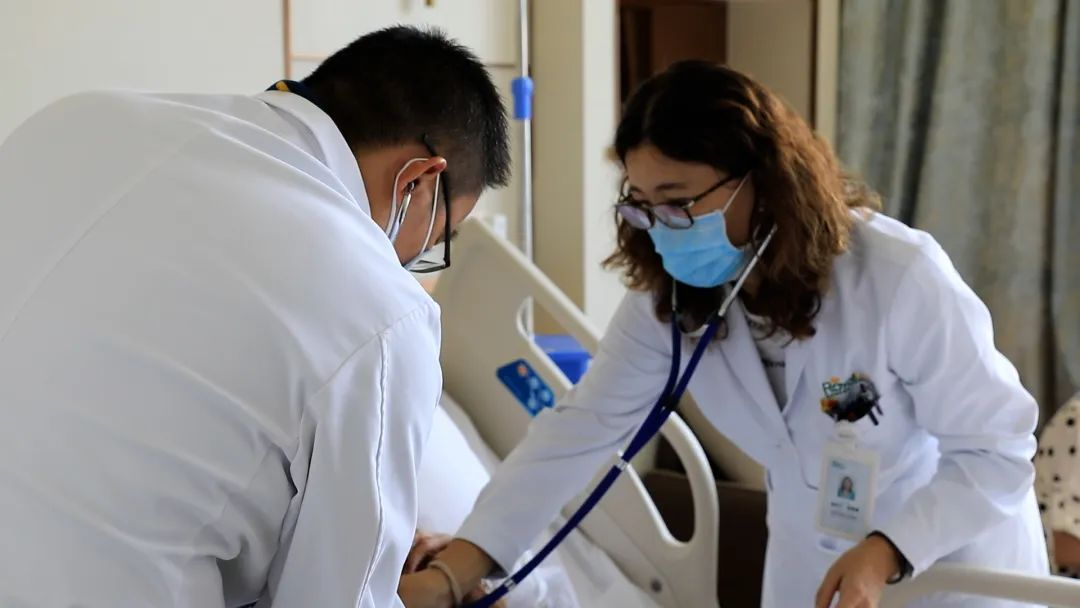
Chia is checking heartbeat
In this aspect, medical workers, in Chia’s belief, plays an essential role. They help patients to learn what cancer pain is in a more comprehensible way. When patients really understands what it is, they tend to be more relaxed and the treatment works.
”In clinical jobs, there are multiple ways to control cancer pain and improve patients’ prognosis while actually many people suppose cancer pain is inevitable. In fact, it is not the thing someone have to withstand.”
Reversely, WHO reports that pain management is a basic right for every patient especially tumor patients. And the ethos of Palliative Care Center echos with it: more cozy, more decent and more high-quality.
To fulfill this goal, RoyalLee build a multidisciplinary team made up of top family support expert, refractory cancer pain expert, senior tumor nurses, oncology nutritionist and TCM physical therapist. Precision minimally invasive pain management, professional lymphedema management, comprehensive nutritional support, TCM conditioning and physical therapy and family support are available to all patients throughout their stay.
Here, tumor bone metastasis pain, neurothlipsis pain, myelosuppression caused by radiation therapy and chemotherapy, lymphedema, nausea and vomiting, malnutrition and psychological pain will be much relieved.
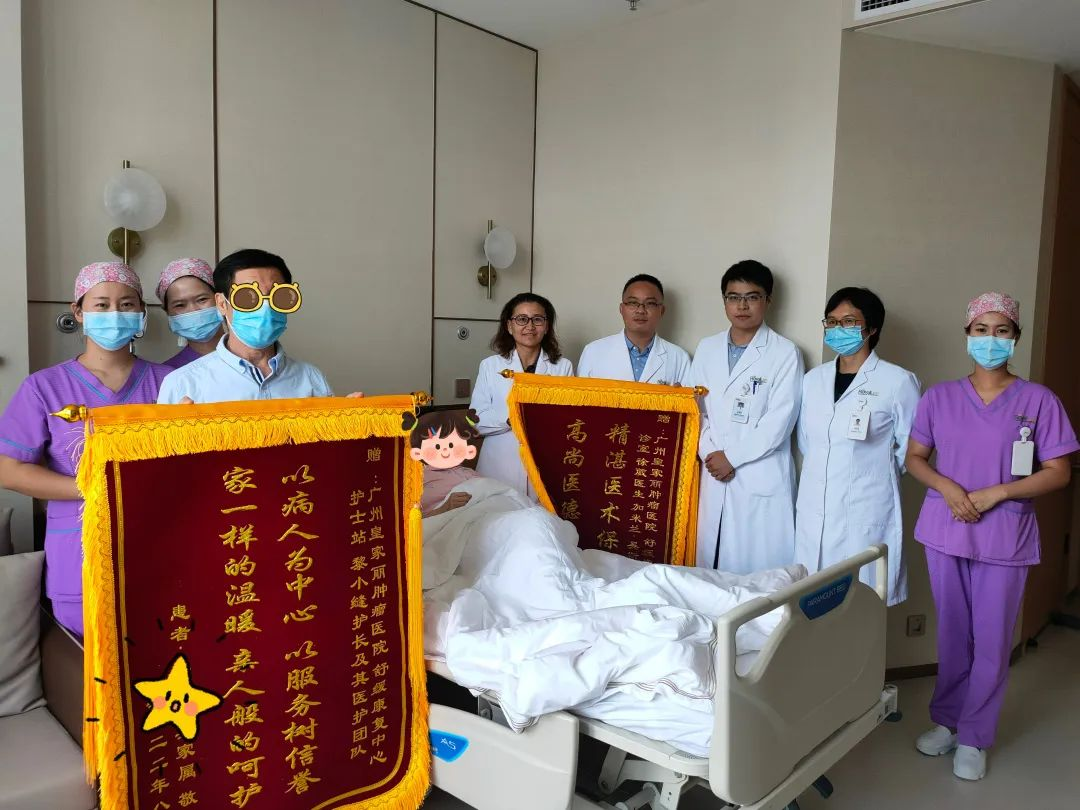
Cynthia and her families gave recognition banner to medical team of Palliative Care
In this rough path, medical workers will join patient to fight cancer. Encouragement and companionship will always be there. Luminosity and hope are always shining.
